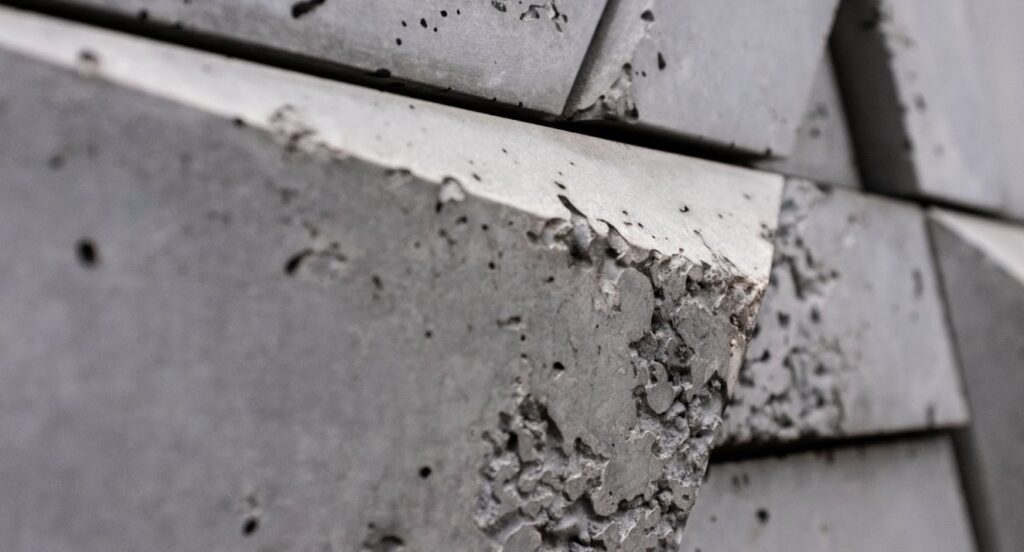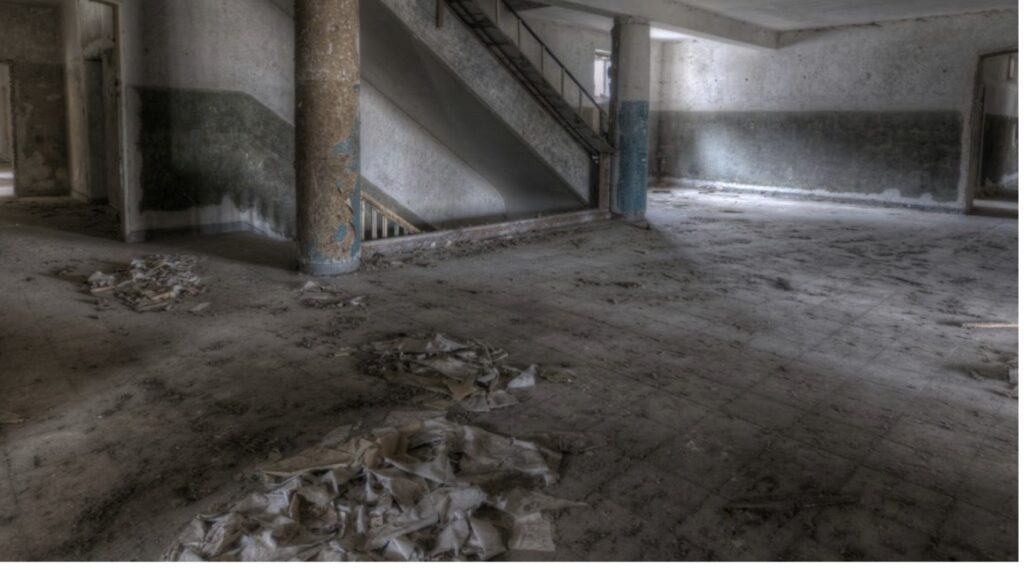An asbestos management survey is a non-intrusive inspection designed to locate and assess the condition of accessible asbestos-containing materials (ACMs) in buildings.
Under the Control of Asbestos Regulations 2012 (CAR2012), it is required for ongoing duty-to-manage compliance. Unlike refurbishment or demolition asbestos surveys, it does not involve destructive access.
The goal is to record ACM locations, assess their risk, and provide guidance on safe management without disturbing the materials during normal occupancy or maintenance.
Why and When You Need Asbestos Management Survey
An asbestos management survey is legally required for landlords, building owners, and employers responsible for non-domestic premises under the duty-to-manage provisions of CAR2012.
You need an asbestos management survey when first occupying or acquiring a property, when the building’s use changes, if visible damage to materials appears, or as part of an annual review.

These surveys ensure you’re not exposing occupants to unmanaged asbestos risks and form the foundation of a compliant asbestos management plan.
Management vs. Refurbishment/Demolition Asbestos Surveys
An asbestos management survey is non-intrusive, aimed at maintaining safe occupancy, while a refurbishment or demolition survey is intrusive and required before major works.
The table below summarises the key distinctions between management surveys and refurbishment or demolition asbestos surveys in terms of scope, depth, and purpose:
| Aspect | Management Survey | Refurbishment/Demolition Survey |
|---|---|---|
| Intrusiveness | Non-intrusive | Fully intrusive |
| Purpose | Ongoing management | Pre-refurbishment/demolition |
| Sampling depth | Selective and minimal | Full and comprehensive |
| Deliverables | Risk-rated ACM register | Detailed material and location data |
Preparing for the Asbestos Survey
Before the asbestos survey, gather building plans, previous renovation records, and asbestos reports if available. Ensure access to all rooms, voids, and service areas is arranged in advance.
A pre-survey briefing should cover health and safety considerations and clearly mark any no-go areas during an asbestos survey. Setting well-defined inspection boundaries helps avoid misunderstandings and ensures the asbestos survey remains within legal scope and client expectations.
On-Site Asbestos Survey Workflow
The key stages and requirements of an on-site asbestos management survey include:
- Visual inspection – Systematic checks of ceilings, walls, floors, pipework, and service voids in all accessible areas.
- Friability assessment – Gentle probing of materials to determine if they are bonded (non-friable) or friable.
- Selective bulk sampling – Targeted sampling of suspect materials in accordance with UKAS protocols.
- Essential tools – Torch, borescope, sampling containers, field recorders, and documentation kits.
- Personal protective equipment (PPE) – Disposable coveralls, gloves, FFP3 respirator masks, and safety footwear.

Asbestos Laboratory Analysis
Samples collected during the asbestos survey are analysed using polarised light microscopy (PLM), the standard UKAS-accredited method. For low-fibre or mixed-content asbestos materials, scanning or transmission electron microscopy (SEM/TEM) may be used for higher resolution and sensitivity.
Labs must meet UKAS standards and follow strict QA/QC procedures. Results are typically returned in 3–5 working days and feed directly into the material’s risk rating within the asbestos report.
Asbestos Survey Report & ACM Register
A completed asbestos survey report and register typically include:
- Executive summary – Highlights key findings, risks, and immediate actions.
- Survey methodology – Outlines inspection approach, tools used, and sampling protocols.
- Room-by-room findings – Detailed observations of each inspected area.
- Annotated photographs – Visual documentation of ACMs with location context.
- Laboratory data – Results of sample analysis, including fibre types and quantities.
- ACM register – A formal log listing material location, description, condition, risk score, and action code.
- Report format – Delivered in both PDF and editable formats for seamless integration into management systems.
Post-Survey Asbestos Actions for Duty-Holders
After receiving the asbestos report, the duty holder must integrate findings into their asbestos management plan, which involves prioritising ACMs based on risk score, assigning responsibilities for monitoring, and scheduling re-inspections.
For most buildings, asbestos reviews should occur annually or sooner if the building’s condition changes. High-risk asbestos materials may require immediate sealing, enclosure, or removal depending on location and use. All asbestos-related actions must be documented and available for inspection.
